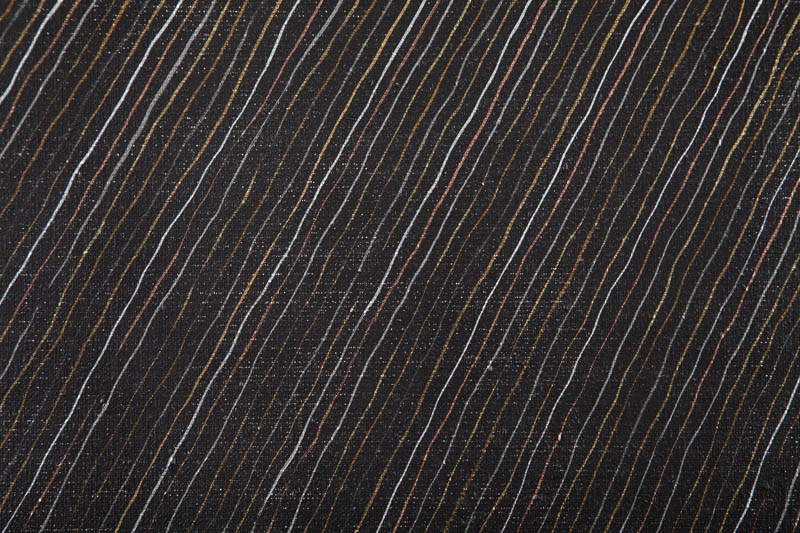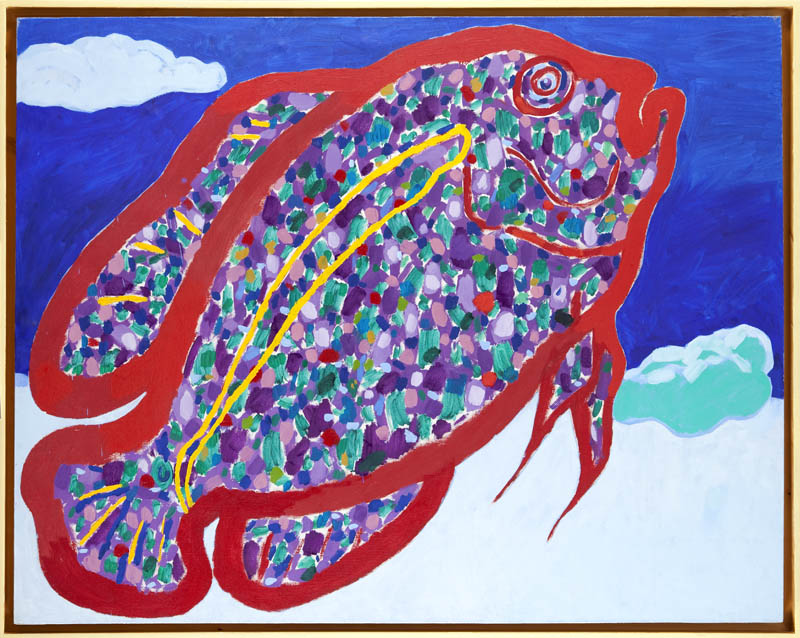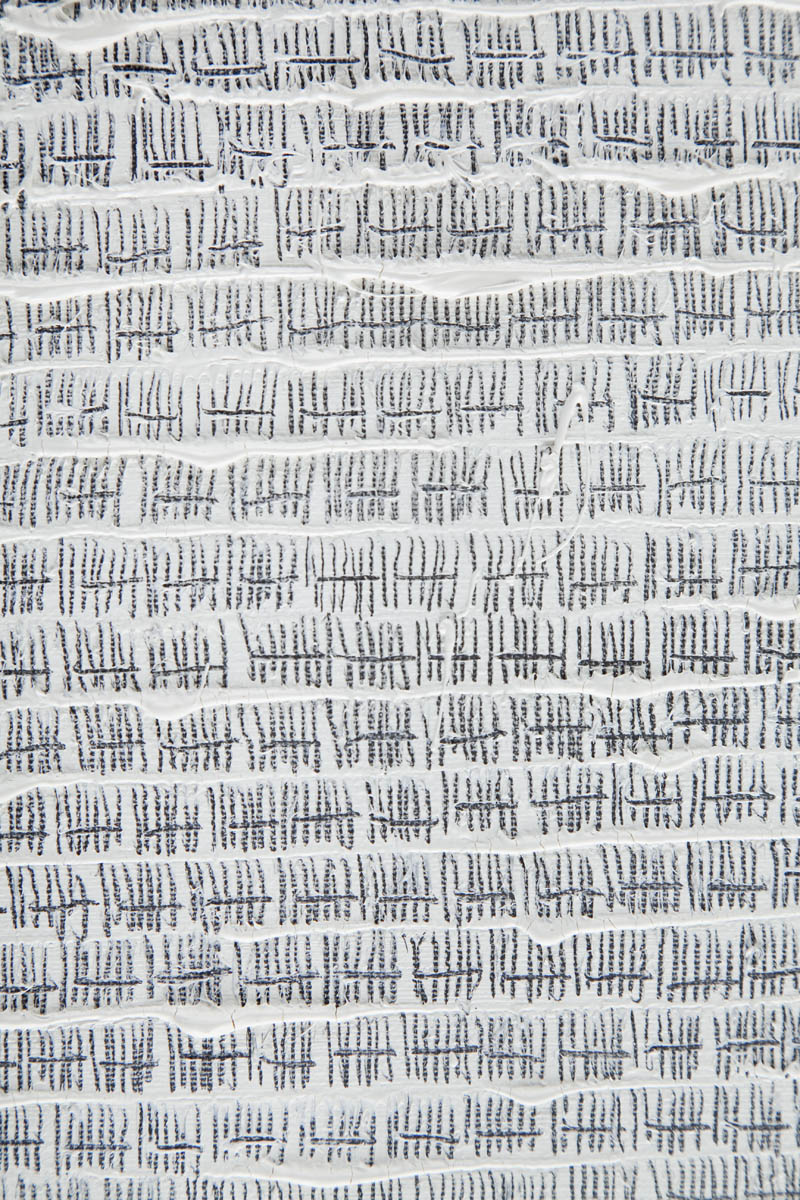The indirect environmental responsibility of the Group, including the Bank, is mainly included in the policy of financing the activities of business and public entities.
Social responsibility, including environmental responsibility, is a part of the Bank’s activities. The Bank has been taking initiatives with the objective of caring for the environment for years. This applies to several areas of activity:
1) The Bank, together with other entities from the Group, supports the development of the economy by financing individual customers and enterprises, including, in particular, investments in new technologies, the modernization of technological lines and energy-saving projects.
2) The Bank influences the attitudes of customers by participating in the financing of pro-ecological projects, including the construction of waste incineration plants, sewage treatment plants and power generation systems using modern, pro-ecological technologies.
3) The Bank has been actively involved for many years in cooperation with local authority units (LAUs), including through the financing of projects of local authority units and entities related to these entities regarding environmental protection or the pro-environmental modernization of public service facilities.
4) Issues related to the environmental impact in the credit products offered by the Bank to enterprises are taken into account in the assessment of the customers and transactions. Such an assessment is conducted in the case of all transactions related to the financing of investment projects.
5) In the case of specialist financing, in its investment project assessment, the Bank analyses the impact of the project on the environment, including in particular:
- possession of all administrative permits regarding environmental protection arising from the applicable law (e.g. environmental decision, water permit, permit for the production of waste, integrated permit for installations that can cause significant pollution of individual elements of nature or the environment as a whole and permit for emitting gases or dust into the air);
- geographic and environmental conditions within the area of impact of the project (e.g. the project’s location, the presence of landfills and sewage treatment plants, ecological and social aspects).
6) In the process of analysing property valuations constituting security of its receivables, the Bank pays attention to whether the valuation report contains a description of the environmental factors affecting the value of the property, including the type and degree of contamination of the environment and the presence of harmful substances at the property or in its immediate vicinity (e.g. petrol, oil, solvents and paints).
7) At the stage of implementation of investment projects, the Bank monitors their course, including through an independent technical consultant (ITC). In his reports, the ITC assesses whether the conditions of all the required permits have been satisfied, especially with regard to environmental protection.
In order to better manage environmental risk, the Bank and the Group’s entities integrated it with the credit risk management process.
The share of environmental protection investments in the total amount of financing of the sector of business and public entities (including loans and debt securities) by the Bank, as at 31 December 2017, was 0.9%. The list of areas included in the indicator includes:
- the generation of energy from renewable sources;
- the discharge and treatment of sewage;
- waste collection, processing and treatment activities, as well as recovery of raw materials;
- activities related to reclamation and other service activities related to solid waste management.
In addition, some pro-ecological projects are included in the LAU portfolio. As at 31 December 2017, the share of LAUs in the total amount of financing of business and public entities (including loans and debt securities) was 11.4% (10.1% for the Group). Simultaneously, the Bank’s commitment to the financing of the mining sector is gradually declining: at the end of 2017, its share in the loan portfolio of business and public entities was 1.9%, compared to 2.3% at the end of 2016.
Involvement in the Marguerite Fund
In 2017, PKO Bank Polski SA continued to participate in the project named “The 2020 European Fund for Energy, Climate Change and Infrastructure” (“Marguerite Fund”). The Bank’s share of the fund’s capital is 14%. The Marguerite Fund is the first example of a pan-European model of financing infrastructure projects in the history of the European Union, especially in the area of road and energy infrastructure, as well as infrastructure related to renewable energy sources. Since the beginning of its existence (i.e. 2009), infrastructure projects worth almost PLN 2 billion have been implemented in Poland with the involvement of the Marguerite Fund, and important investments have been conducted in the European Union countries, for example:
- construction of a municipal waste thermal treatment plant in Poznań (considered to be the largest project implemented to date in Poland in the Public-Private Partnership formula);
- construction of wind farms in Kukinia and Tychów;
- construction of a flight terminal in Zagreb;
- the acquisition of shares in Latvia Gas, which enabled the separation of gas transmission assets previously controlled by Gazprom from distribution assets and the construction of a Poland-Lithuania cross-border gas pipeline, contributing to an increase in energy security.








